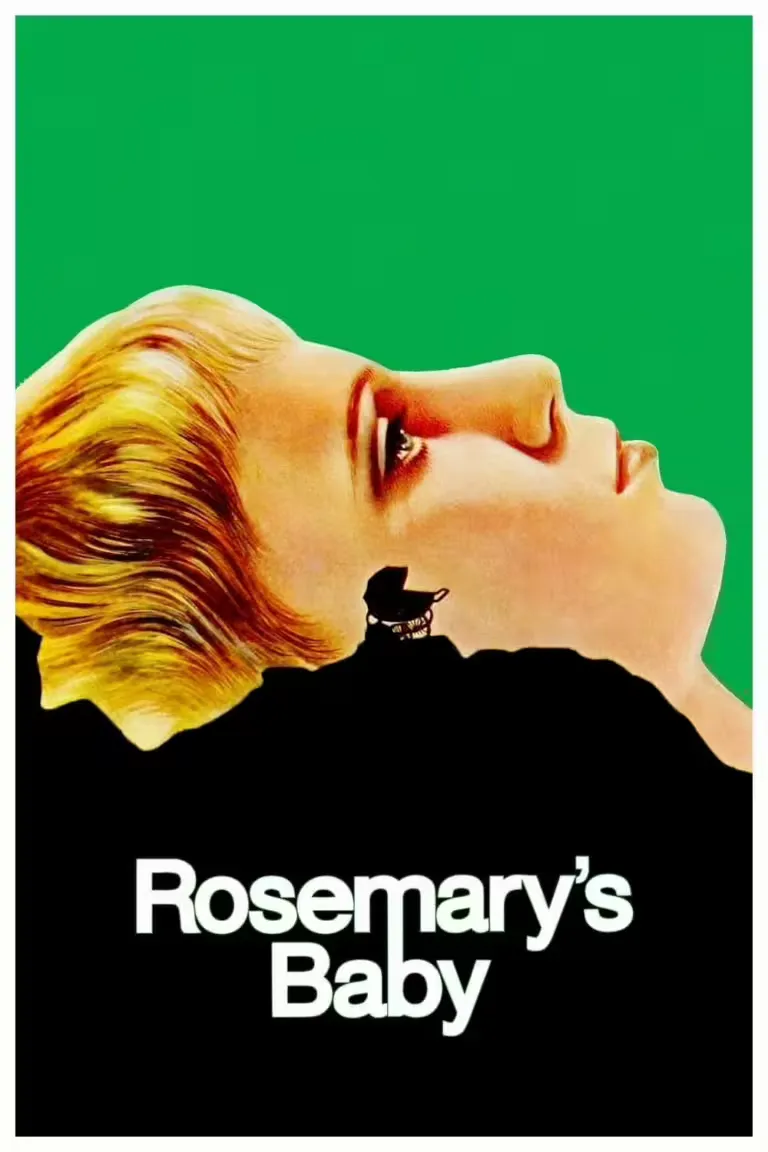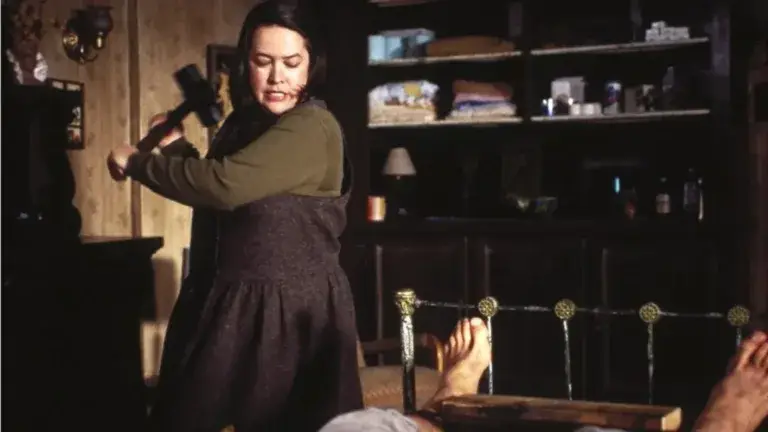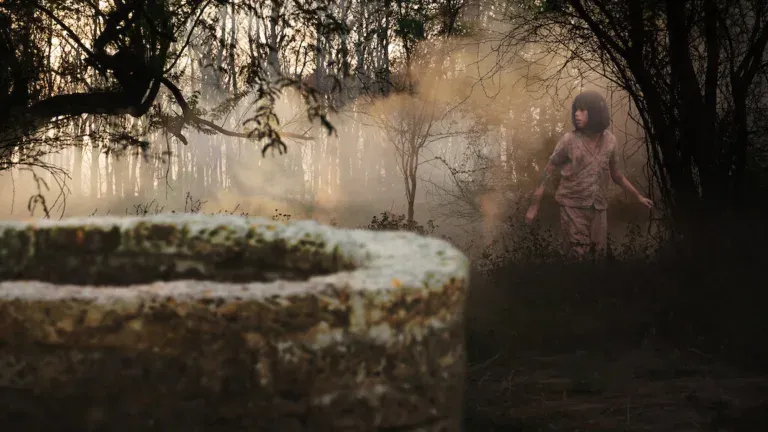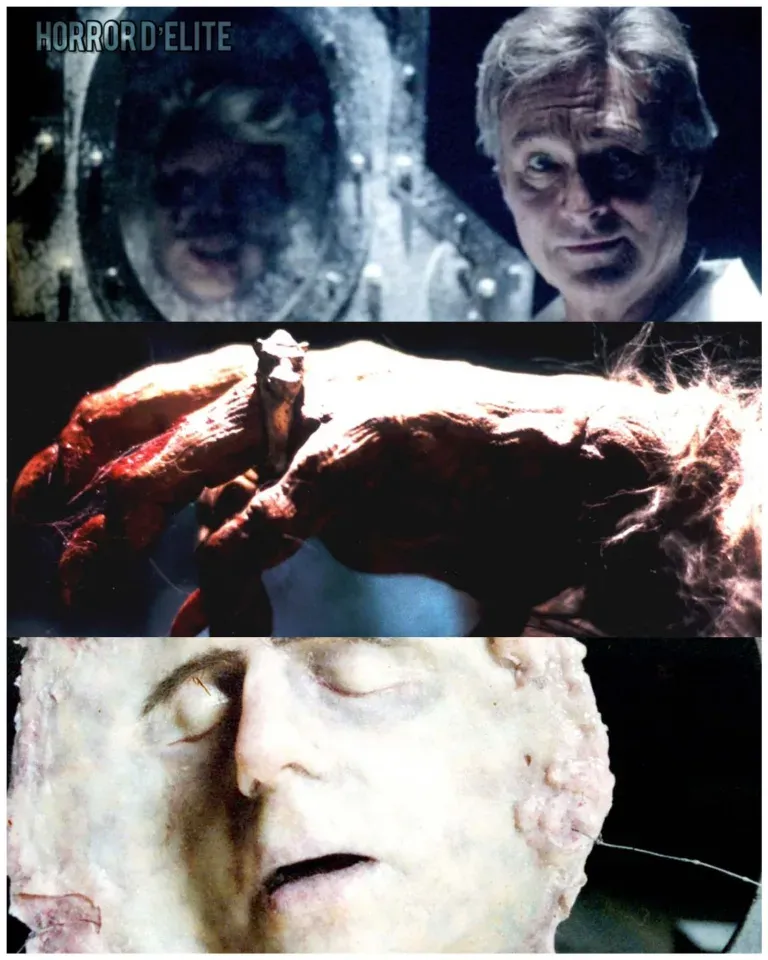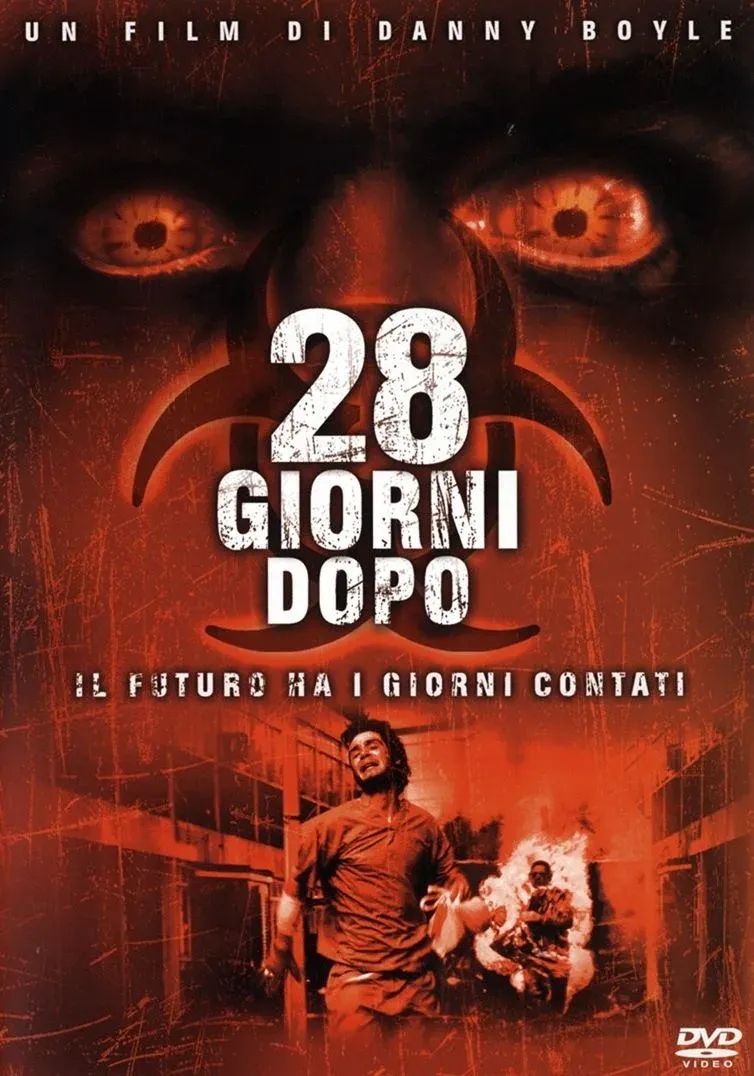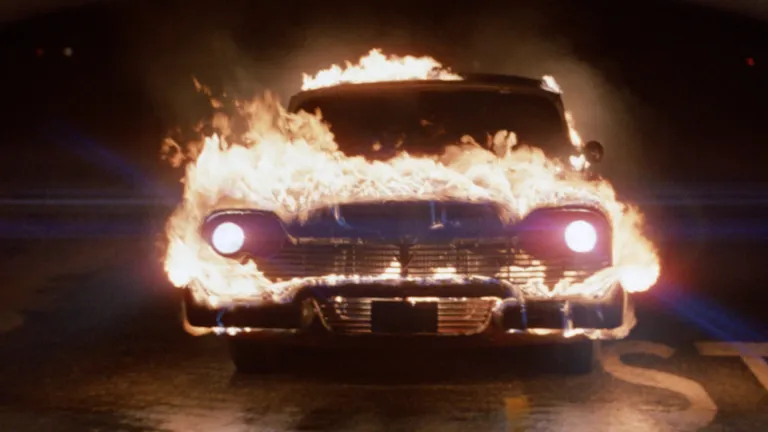The Shining
Original title: The Shining
Year: 1980
Director: Stanley Kubrick
Cast:
- Jack Nicholson (Jack Torrance)
- Shelley Duvall (Wendy Torrance)
- Danny Lloyd (Danny Torrance)
- Scatman Crothers (Dick Hallorann)
Screenplay: Stanley Kubrick and Diane Johnson (based on the novel of the same name by Stephen King) Soundtrack: Compositions by Wendy Carlos and Rachel Elkind, including classical pieces by György Ligeti, Krzysztof Penderecki, and Béla Bartók
Introduction and Context of *The Shining*
The Shining is a 1980 psychological horror film directed by Stanley Kubrick, based on the 1977 novel by Stephen King. Since its release, the film has sparked discussions, interpretations, and analyses, establishing itself as one of the most iconic and influential works in horror cinema history.
The film tells the story of Jack Torrance, a struggling writer who takes on a job as the winter caretaker of the Overlook Hotel, an isolated mountain resort. He is joined by his wife Wendy and their son Danny, a boy with psychic powers that allow him to see past and future events connected to the hotel. As time passes, Jack begins to lose his sanity, influenced by the supernatural forces that inhabit the Overlook.
The Making of a Cinematic Masterpiece
Stanley Kubrick, known for his meticulousness and total creative control, approached the project with the aim of creating a unique cinematic experience. After reading Stephen King’s novel, Kubrick decided to adapt it for the big screen, but with numerous changes from the original material. This led to significant disagreements between Kubrick and King, who strongly criticized the film, believing it had betrayed the spirit of his book.
Kubrick, however, was determined to create a version that was consistent with his artistic vision, emphasizing the psychological and symbolic aspects of the story rather than its purely horror elements. Diane Johnson, co-writer of the film, helped develop a screenplay that maintained tension and ambiguity, which were key elements in the film’s narrative.
An Unforgettable Cast
Jack Nicholson, cast as Jack Torrance, delivered one of his most famous performances. His portrayal of a man gradually slipping into madness is both disturbing and captivating. The famous line “Here’s Johnny!” improvised by Nicholson during filming, became iconic and a symbol of the film.
Shelley Duvall, as Wendy Torrance, portrayed a character who, while initially seeming fragile and submissive, shows great inner strength as she fights for her and her son’s survival. However, the relationship between Kubrick and Duvall during filming was difficult, with the director often subjecting her to intense pressure to achieve the desired performance.
Danny Lloyd, who played the young Danny Torrance, was chosen from thousands of children for his extraordinary natural talent. Kubrick, aware of the actor’s young age, ensured that the boy was not aware of the horror nature of the film during production, shielding him from its most disturbing aspects.
Scatman Crothers, who played Dick Hallorann, the hotel’s cook who shares Danny’s psychic gift, offered a performance that added emotional depth to the story.
 The Overlook Hotel: A Character in Its Own Right
The Overlook Hotel: A Character in Its Own Right
The Overlook Hotel, with its labyrinthine architecture and unsettling interiors, is not only the film’s setting but a character in its own right. Kubrick paid great attention to creating a claustrophobic and menacing atmosphere. The exterior shots were filmed at Timberline Lodge in Oregon, while the interiors were meticulously reconstructed at Pinewood Studios in England.
The design of the hotel, with its endless corridors, empty ballroom, and macabre secrets, was crafted to disorient the viewer and reflect Jack’s mental deterioration. Steadicam shots, a then-innovative technique, were used to create a sense of fluidity and tension as the characters move through the labyrinthine space of the hotel.
Themes and Interpretations of *The Shining*
The Shining is rich in symbolism and open to multiple interpretations. The main themes include madness, isolation, and domestic violence. The character of Jack Torrance represents the embodiment of the descent into insanity, a man who, under the pressure of isolation and supernatural forces, becomes a danger to his family.
The film also explores the concept of innate evil and the corruption of the soul, suggesting that the Overlook Hotel is a physical manifestation of these themes. Danny’s ghostly apparitions and visions add layers of mystery, leaving viewers questioning what is real and what is a product of Jack’s disturbed mind.
Another common interpretation is that the hotel represents the dark and violent history of America. The references to the massacre of Native Americans and the repetition of the phrase “All work and no play makes Jack a dull boy” are often seen as subtle critiques of American society and its tendency to repeat the same mistakes of the past.
The Soundtrack and Atmosphere of *The Shining*
The soundtrack of The Shining plays a fundamental role in creating the oppressive and sinister atmosphere of the film. Composed by Wendy Carlos and Rachel Elkind, the music is a mix of experimental electronics and classical pieces, carefully chosen by Kubrick. The compositions by György Ligeti, Krzysztof Penderecki, and Béla Bartók contribute to heightening the tension and the sense of growing terror.
The music is often used to foreshadow or emphasize the most distressing moments of the film, such as the appearance of the twins in the hallway or the final chase in the snow-covered maze. The use of dissonant and eerie sounds creates a soundscape that amplifies the psychological horror experienced by the characters.
 Critical Reception and Cultural Impact
Critical Reception and Cultural Impact
At the time of its release, The Shining received mixed reactions from critics. Some found it too slow or distant from traditional horror, while others praised Kubrick’s mastery in creating a film of great visual and emotional power. Over the years, however, *The Shining* has been re-evaluated and is now considered one of the masterpieces of horror cinema.
The film has had a significant impact on popular culture, inspiring numerous references in other films, TV series, and works of art. The maze scene, Danny’s ghostly visions, and Jack’s descent into madness have become iconic cinematic moments.
Stephen King, despite his initial criticisms, acknowledged the film’s influence, though he continues to prefer his own version of the story. The 1997 TV miniseries, which King wrote and produced, was an attempt to offer a version more faithful to the original novel.
Conclusion
The Shining is a film that continues to scare and fascinate viewers decades after its release. The combination of Stanley Kubrick’s unique vision, the extraordinary performances of the cast, and the haunting soundtrack created a work of art that explores the depths of human madness and the horror lurking beneath the surface of normality.
Today, The Shining is not only a cornerstone of horror cinema but also a film studied and admired for its thematic complexity, technical innovation, and its ability to remain relevant in an era where horror has evolved in countless directions.

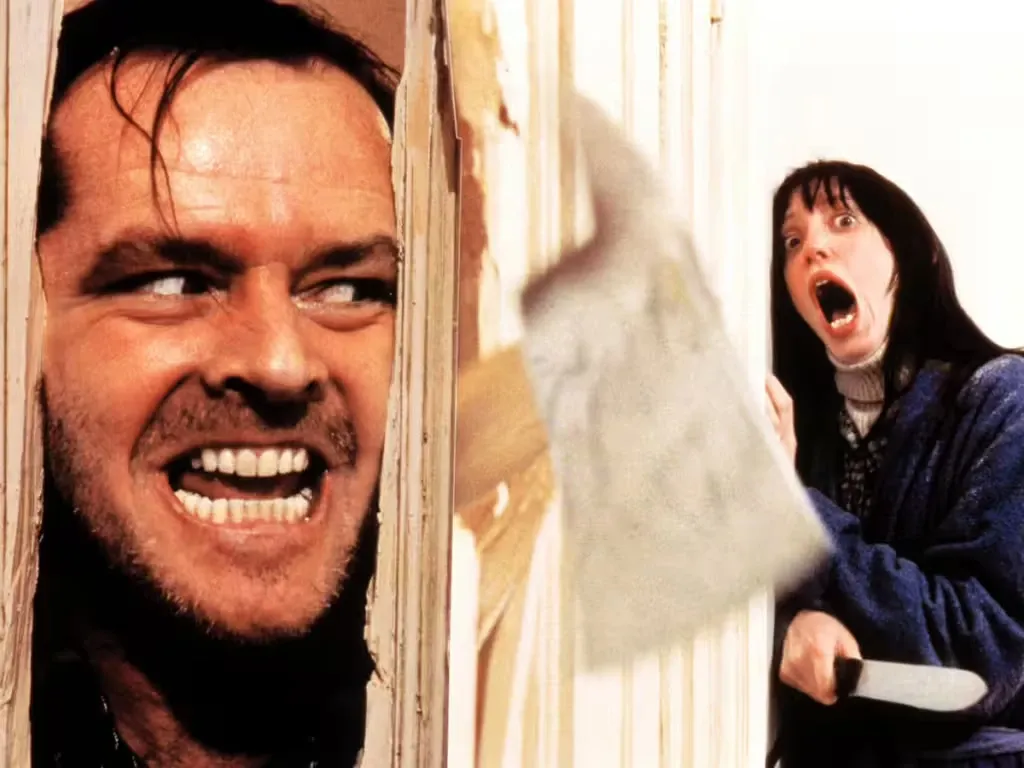
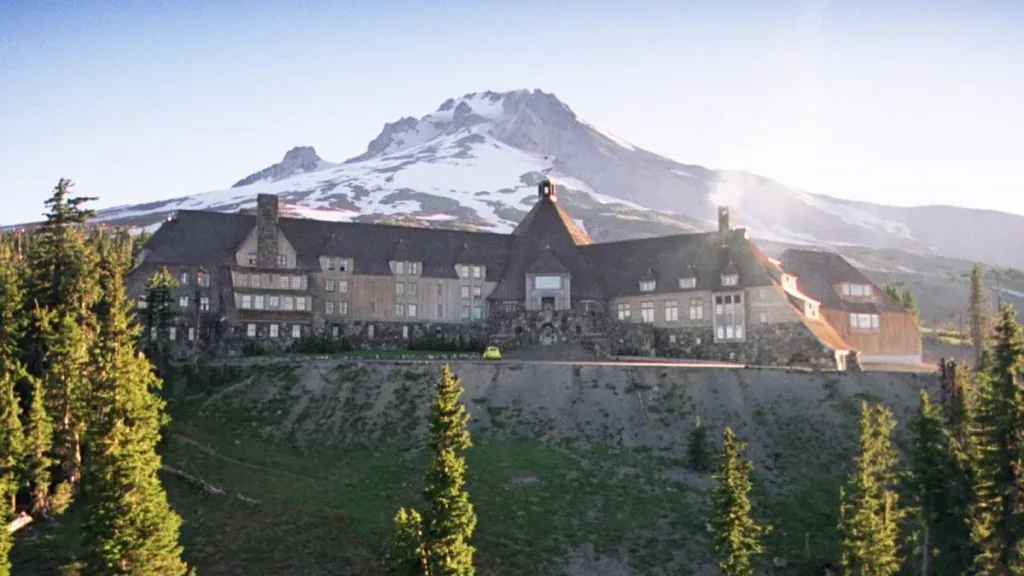 The Overlook Hotel: A Character in Its Own Right
The Overlook Hotel: A Character in Its Own Right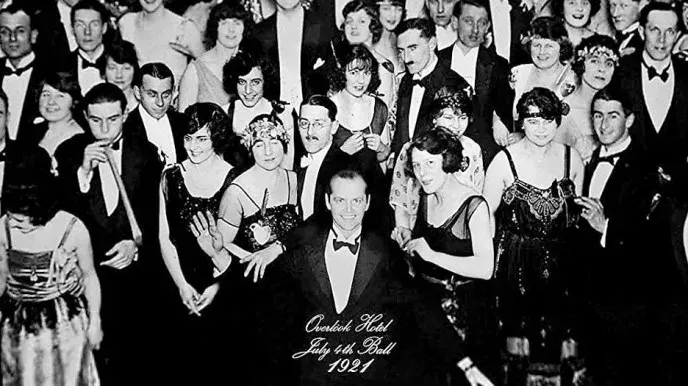 Critical Reception and Cultural Impact
Critical Reception and Cultural Impact